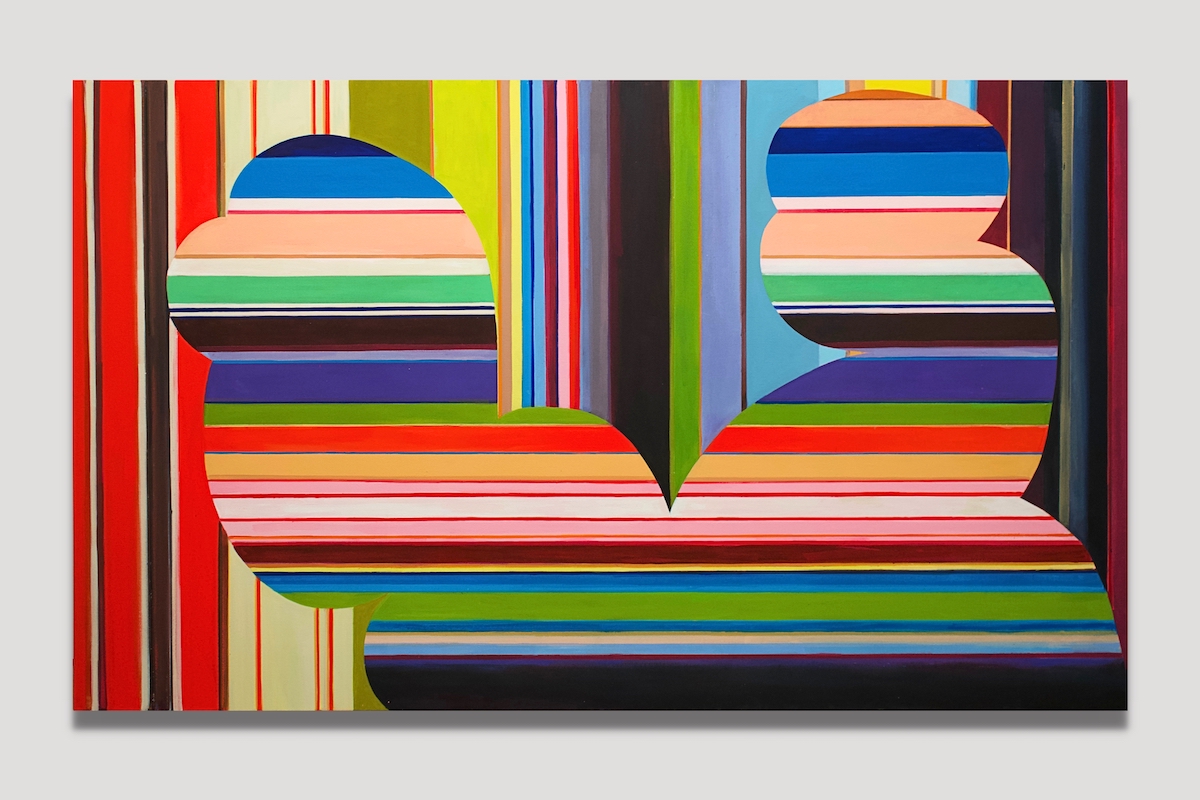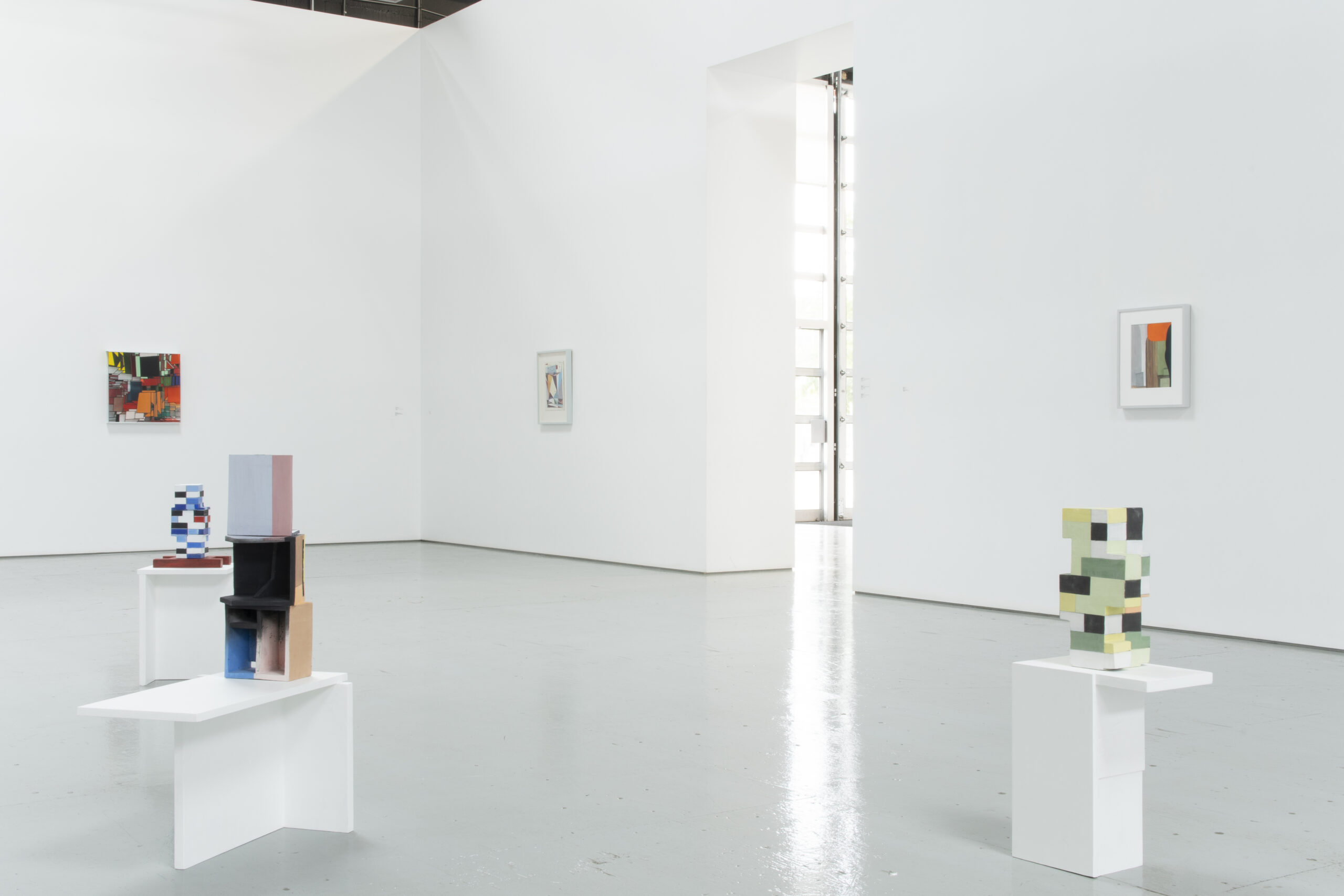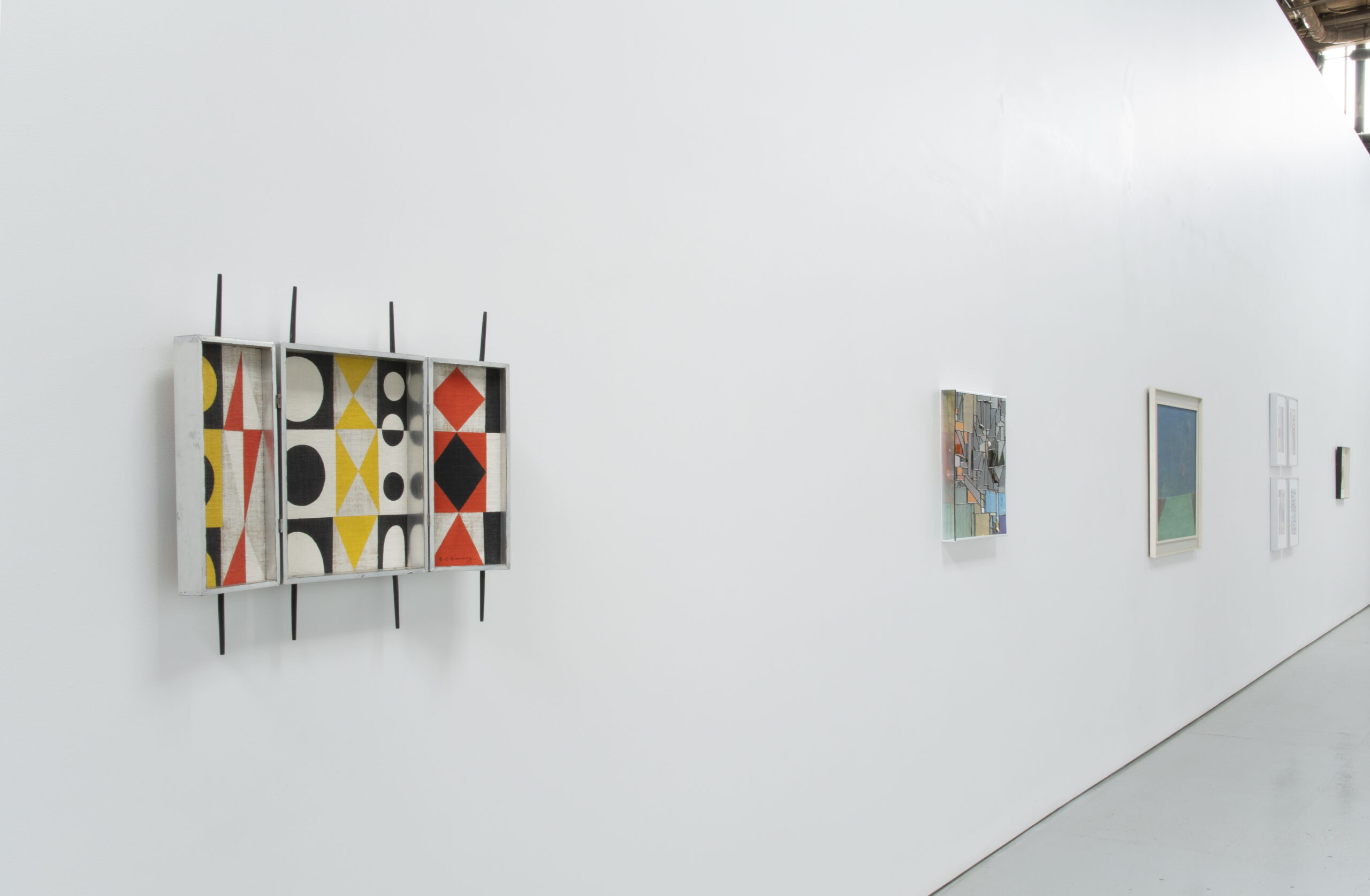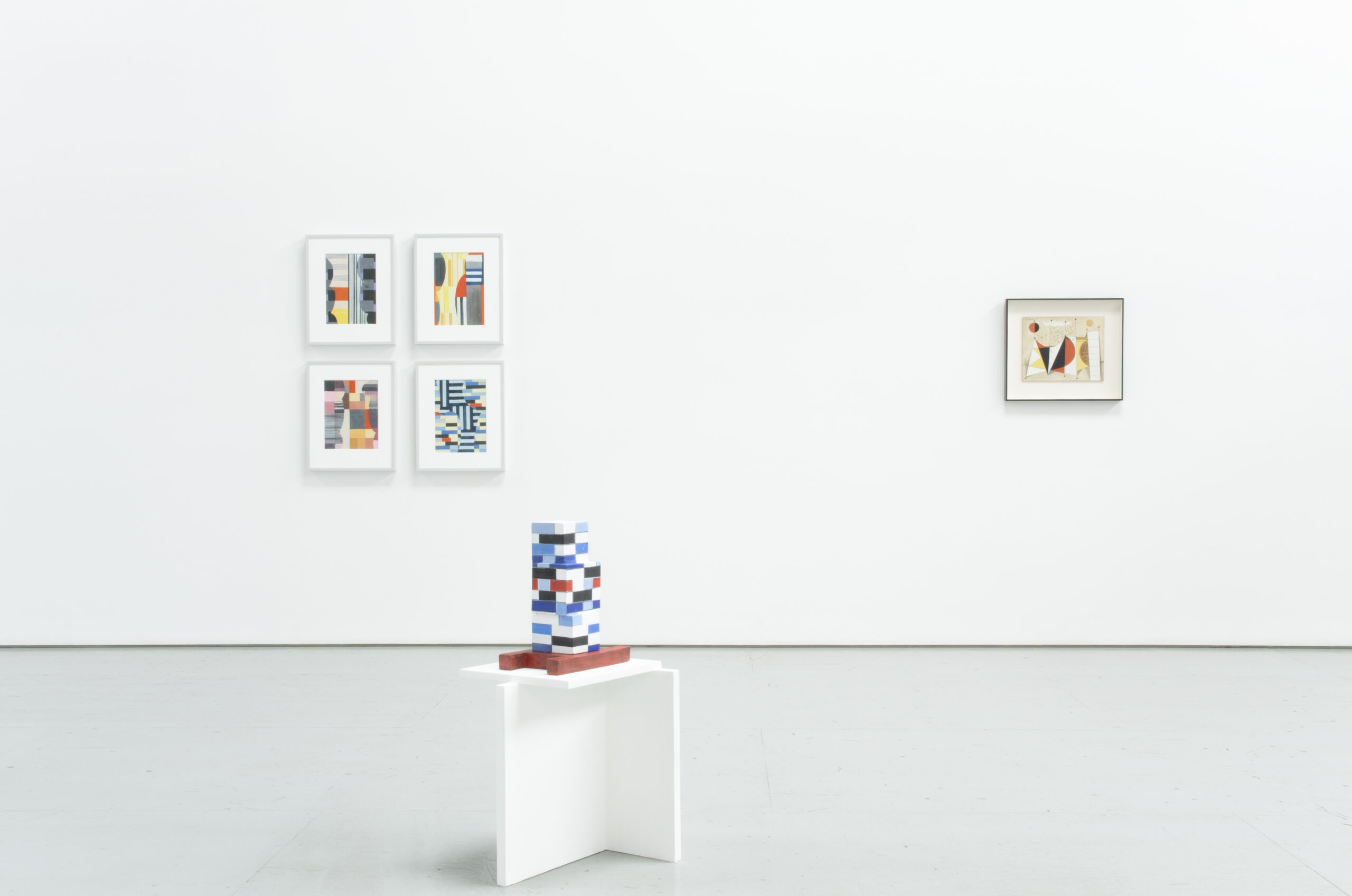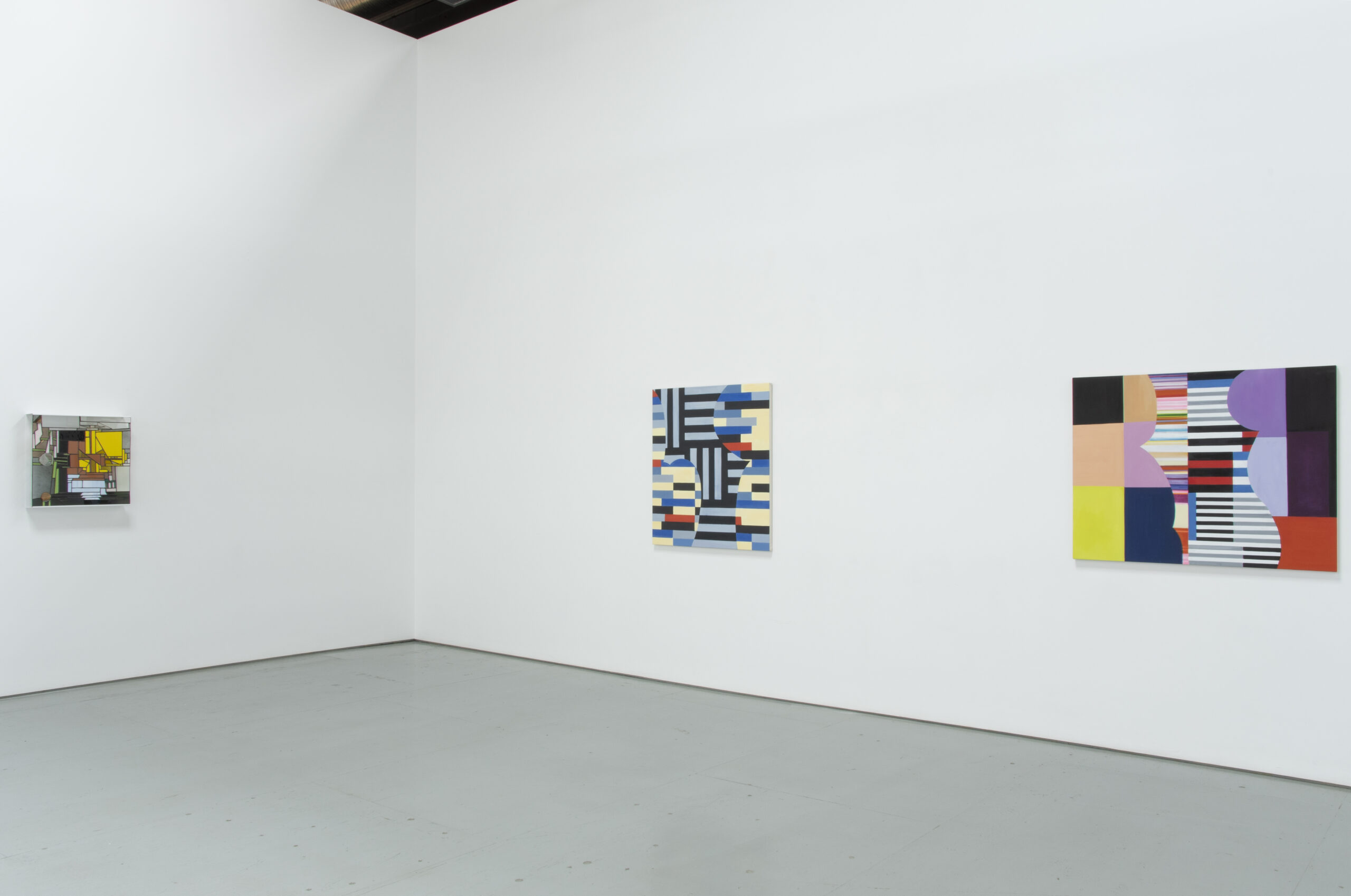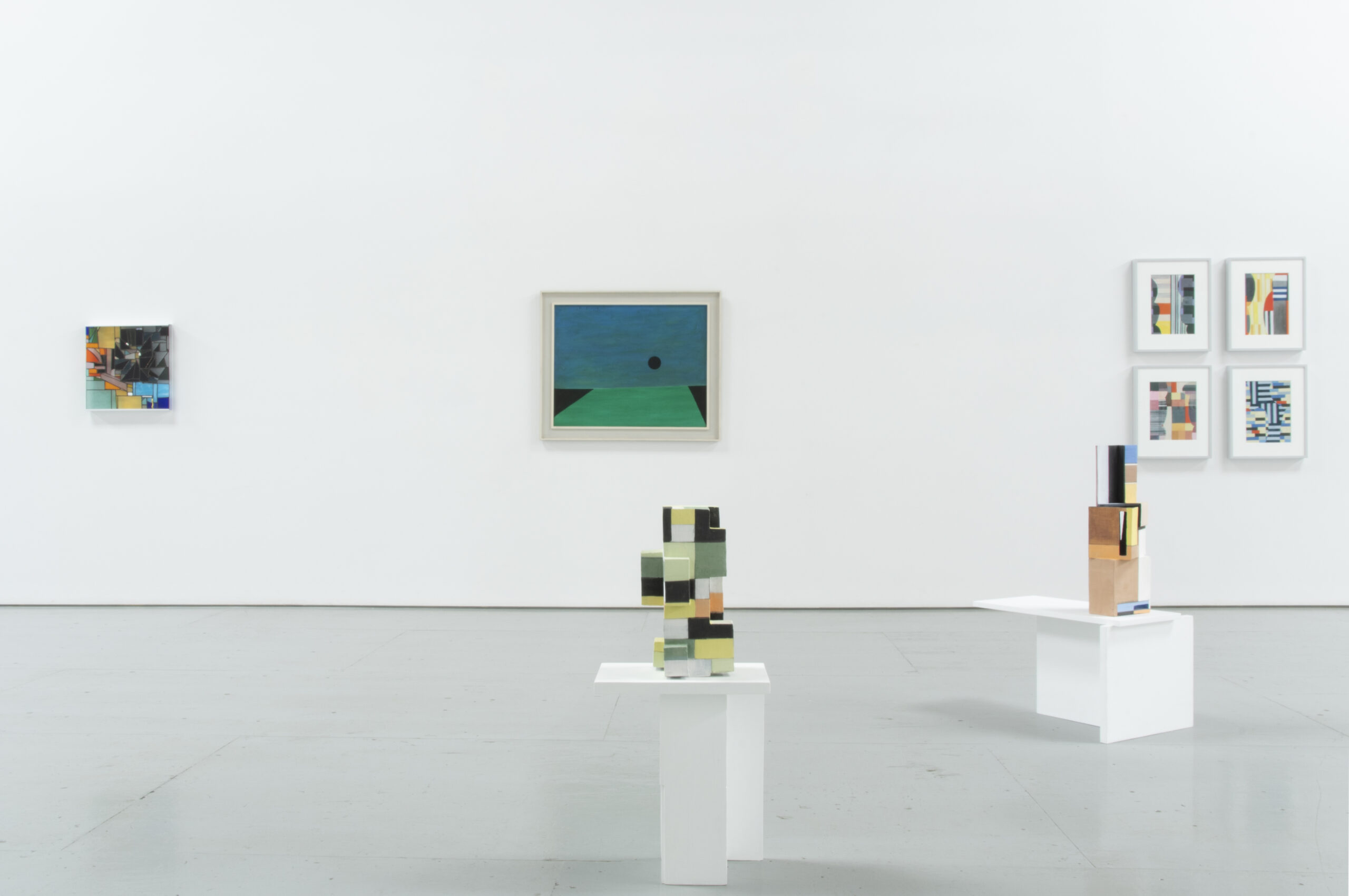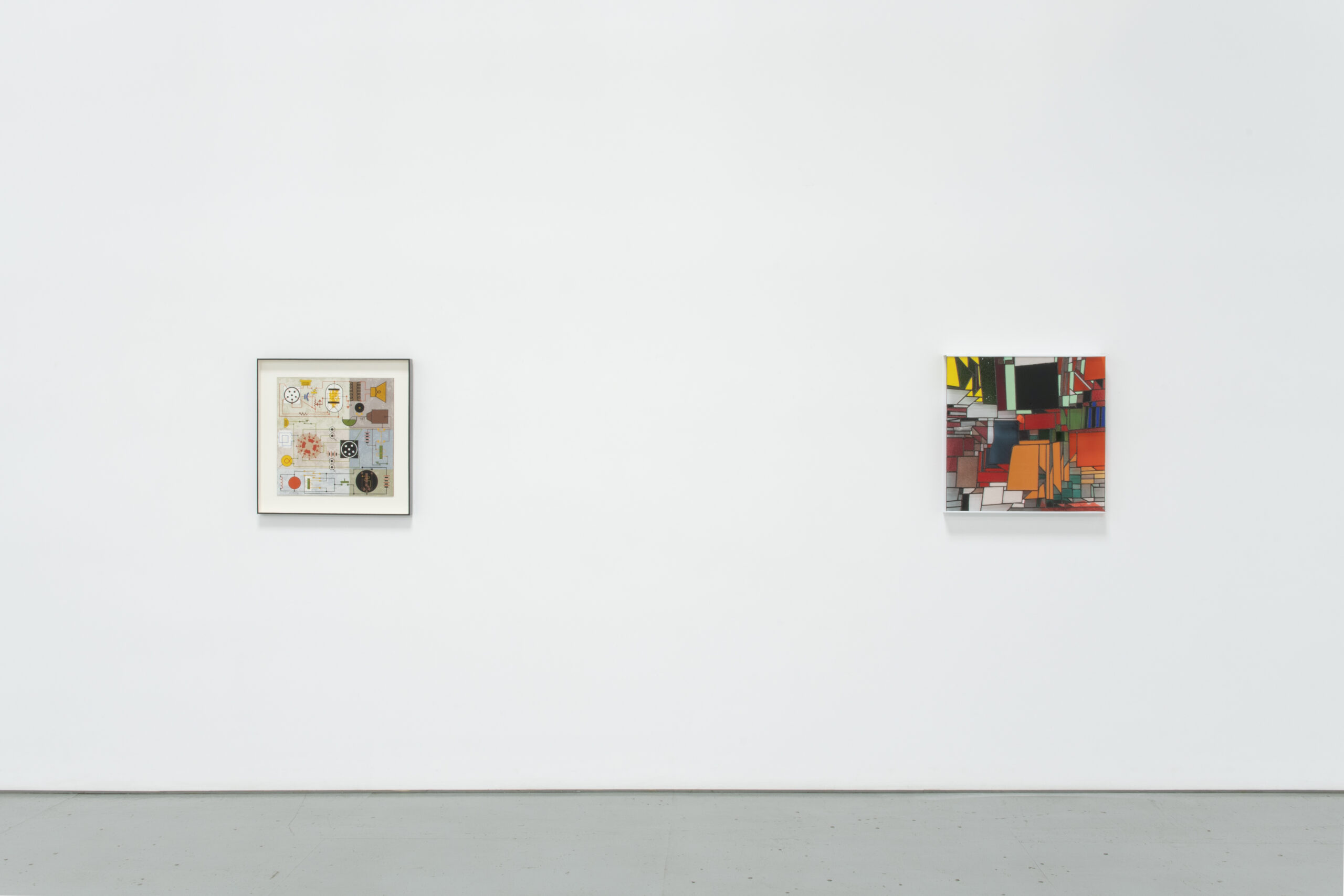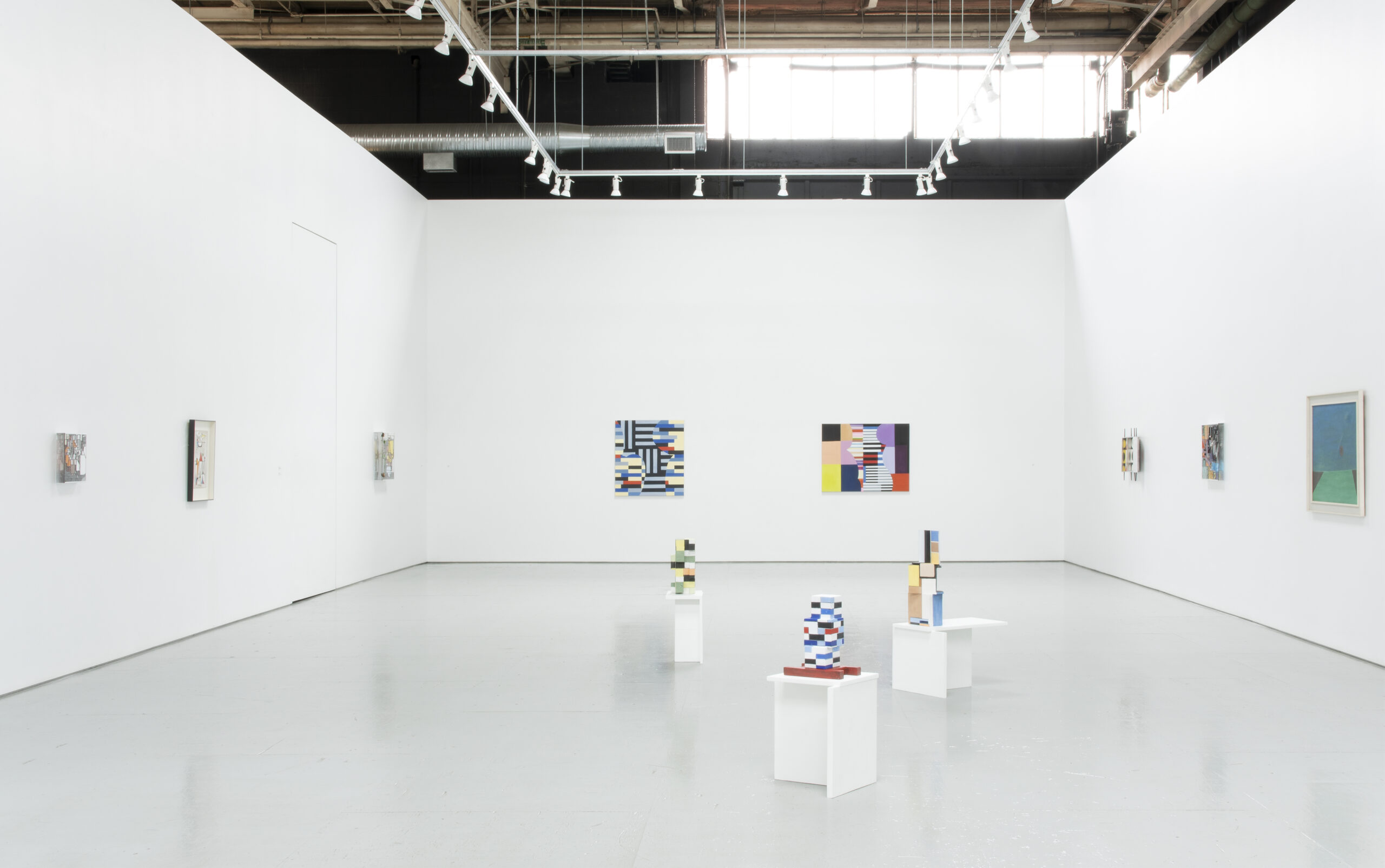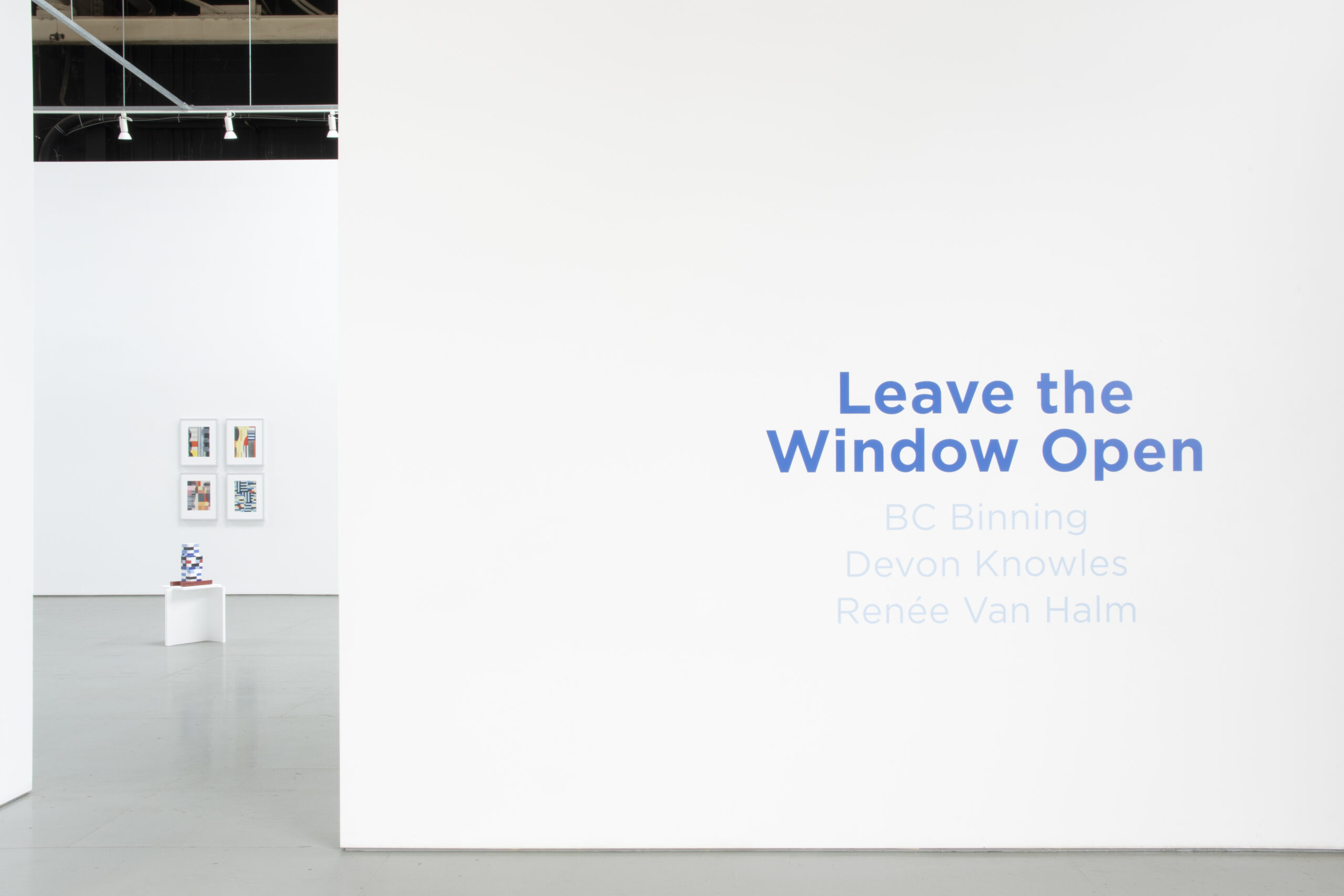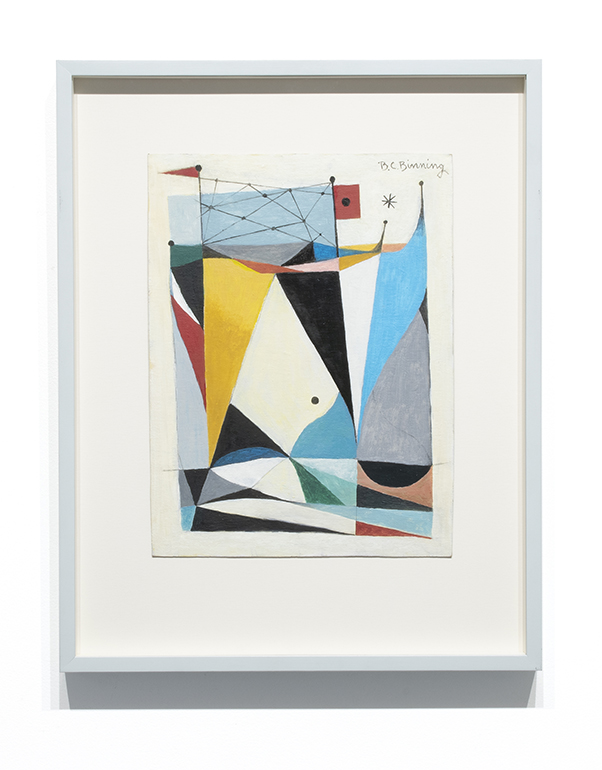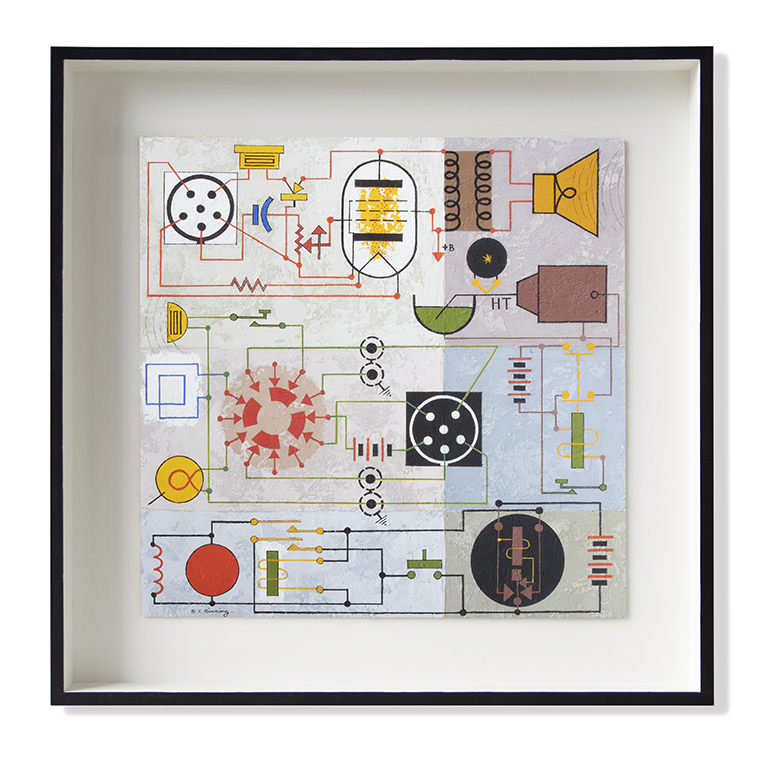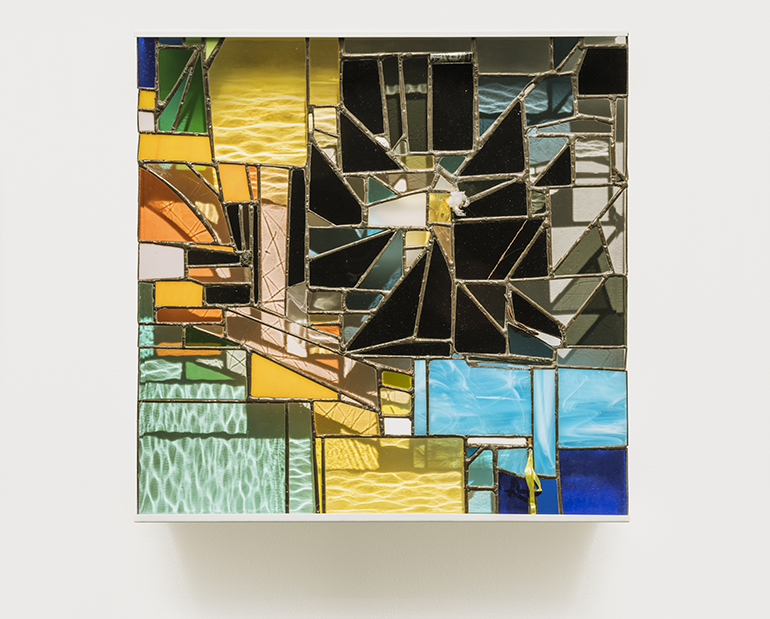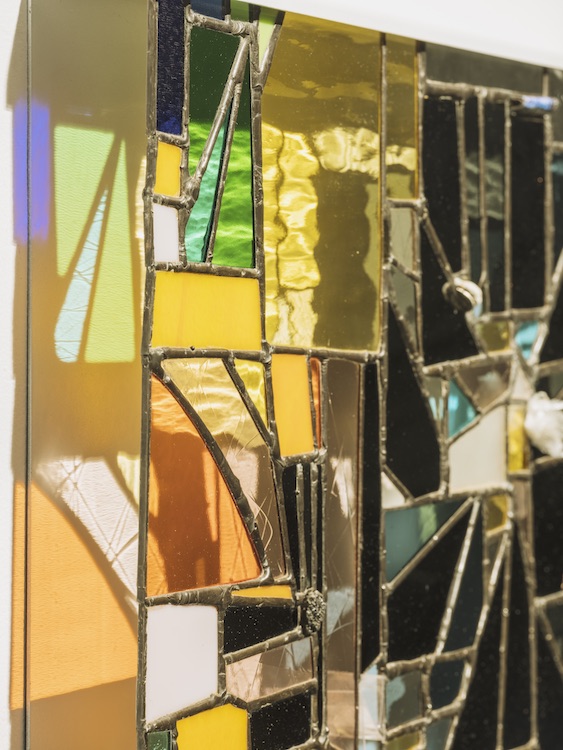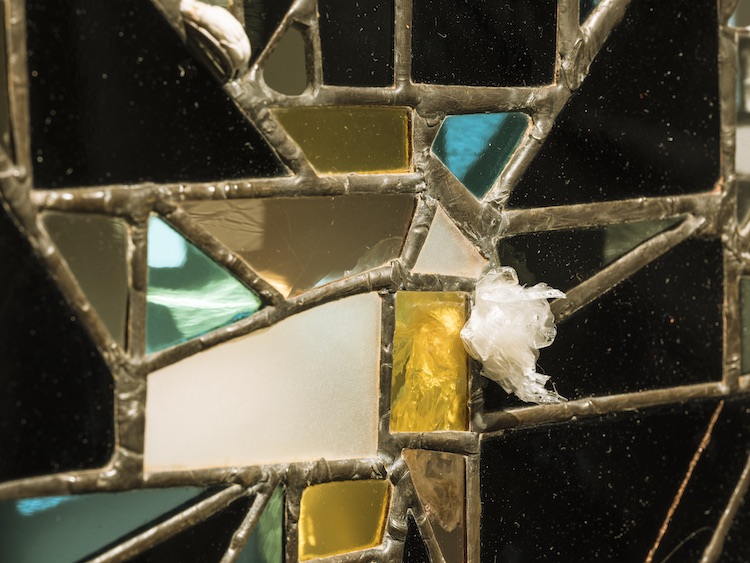Devon Knowles
Renée Van Halm
September 9, 2019 - October 12, 2019
Equinox Gallery is very pleased to present Leave the Window Open, an exhibition that considers the space of architecture and its relationships to materials, memory and abstraction in light of the after-effects of modernism. Three British Columbia-based artists from three distinct generations are included in the exhibition: B.C. Binning, Devon Knowles, and Renée Van Halm. The fields of practice of the artists each examine built environments, taking those observations and insights and transforming them into paintings, sculptures, and installations.
Press ReleaseFeatured Artists
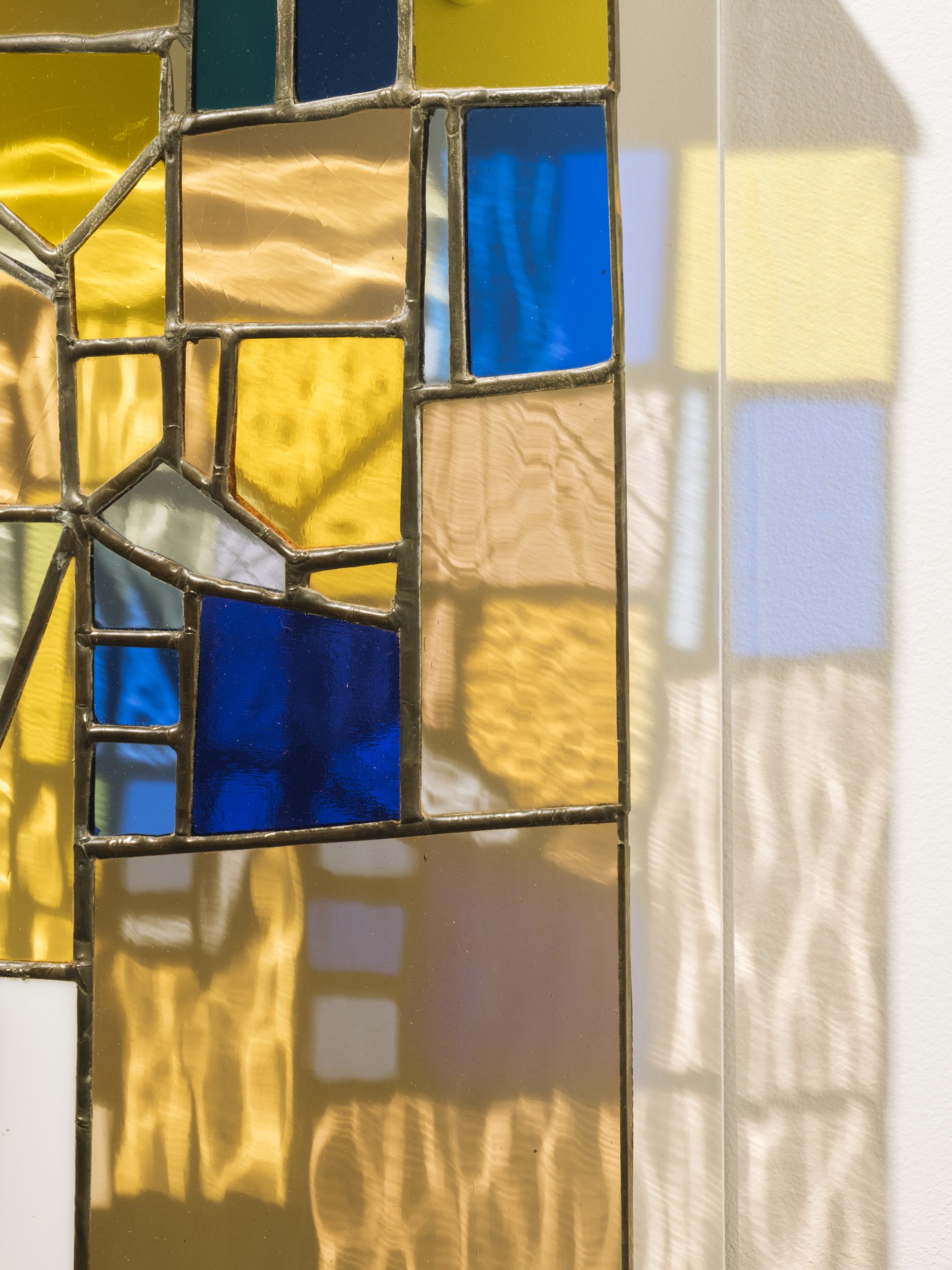
Devon Knowles
Devon Knowles
Devon Knowles investigates the histories, economies and social meanings of diverse materials – from denim fabric and aluminum to coloured glass and concrete. In moving such substances from their everyday context to a new environment, our appreciation of their properties and capacities becomes heightened. In working and reworking material, using traditional and contemporary fabrication methods, a rich language of the interplay of material and method emerges. As she engages with theories of perception, optical effects and tactility, alongside the direct act of making, Knowles encourages the viewer to access her work from a shared intimacy and sympathetic attentiveness.
View Work